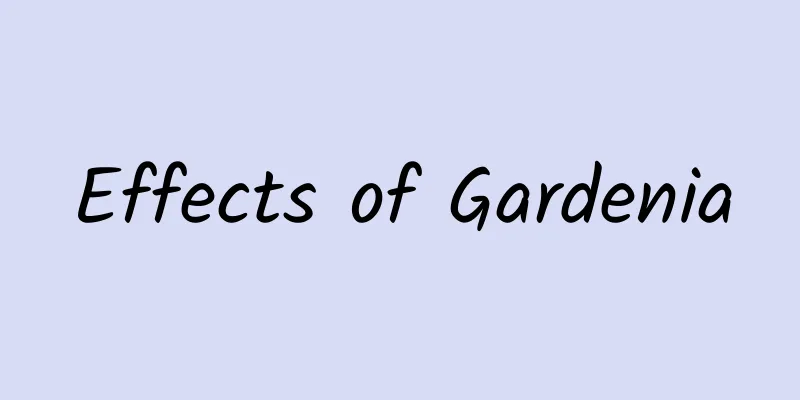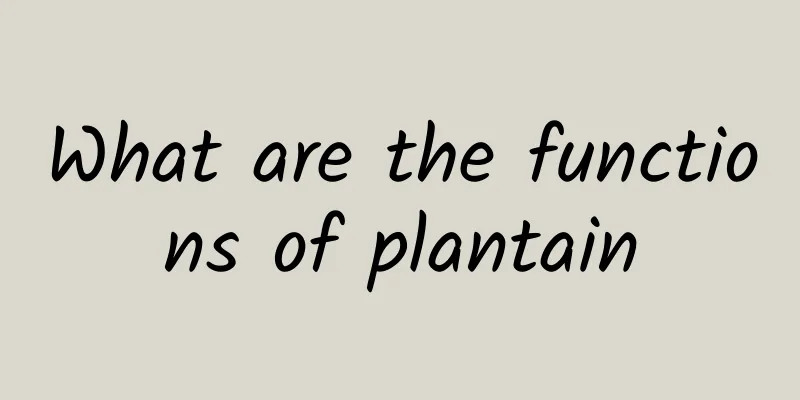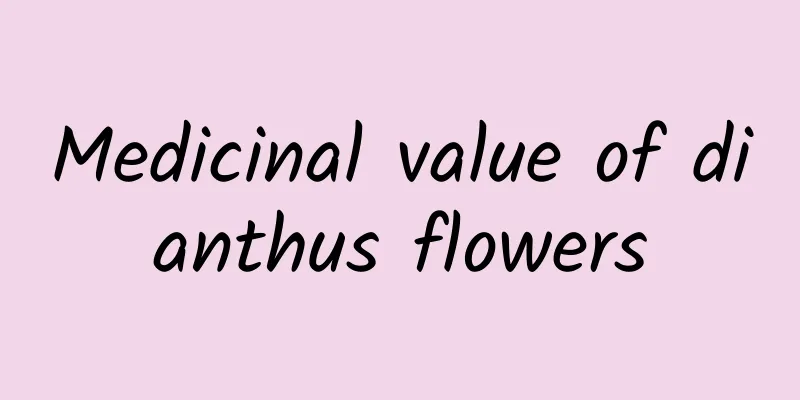Effects of Gardenia

|
We often see some beautiful flowers in our lives, but while we think they are beautiful, we don’t realize their functions and effects. The gardenia flower that we often see in daily life is a flower that can be used as a medicine in traditional Chinese medicine. For people who engage in mental work for a long time and patients who suffer from insomnia and irritability at night, Gardenia can be used as medicine with good results. It is also very helpful for some common daily diseases. During the use process, we must listen to the advice or suggestions of traditional Chinese medicine practitioners, so we cannot use the combination of medicinal materials at random to avoid causing adverse symptoms to the body. Gardenia can be used externally to stop bleeding from wounds, which shows that gardenia has many benefits. The seeds and fruits are used as medicine to treat high fever, restlessness and insomnia, toothache caused by excessive fire, mouth ulcers, nasal congestion, vomiting blood, conjunctivitis, sores and swelling, jaundice-type infectious hepatitis, favism, and hematuria; it can be used externally to treat bleeding from trauma and sprains. The root is used as medicine to treat infectious hepatitis, traumatic injuries, and toothache caused by wind and fire. Gardenia is harvested and processed between September and November. The fruits are picked, the fruit stalks and other impurities are removed, and the fruits are lightly steamed in a steamer or lightly boiled in boiling water (alum can be added), then taken out and dried in the sun. The fruit is not easy to dry, so it should be turned frequently to ensure good ventilation to avoid mold and deterioration. The roots are dug up in summer and autumn, washed and dried. Gardenia begins to bloom and bear fruit after 2-3 years of cultivation. The fruits begin to mature in November and December, and can be harvested when the skin turns yellow-green. Pick them on a sunny day and dry them in the sun or oven in time. Nature and flavor: cold in nature, sweet and bitter in taste; enters the lung and liver meridians. Indications Clears the lungs and relieves cough, cools the blood and stops bleeding. It is mainly used to treat lung heat, cough, nose, sputum, swelling and other symptoms. Nutritional Information Gardenia contains triterpenoids, gardenia acid A, B and jasmine acid. In addition, it also contains carbohydrates, protein, crude fiber and a variety of vitamins. Dietary effects 1. Clearing heat and cooling blood Gardenia is bitter and cold, can enter the blood and clear away evil heat. It is an auxiliary therapeutic food for sores, swellings, diarrhea, blood heat and other diseases. 2. Expectorant and cough-relieving: The active ingredients of gardenia can inhibit bacterial growth, release phlegm and clear the airways. It has the effect of resolving phlegm and relieving cough. It can be used as a food therapy for people with cough caused by heat and phlegm. 3. Relax the intestines and promote bowel movements, prevent cancer Gardenia contains cellulose, which can promote large intestine peristalsis, help the excretion of stool, and prevent the onset of hemorrhoids and the occurrence of rectal cancer. Note: Gardenia is bitter and cold, so people with spleen deficiency, diarrhea, and kidney yang deficiency should eat it with caution. The functions of gardenia are probably used in daily life. We can use it as a convenient hemostatic medicine when traveling. The fruit of gardenia can be used as an important medicinal material in traditional Chinese medicine. The fruit contains many nutrients that are beneficial to the human body. If we can make good use of it in daily life, it will be very helpful to the human body. |
<<: Can saffron remove melasma?
>>: Chinese herbal medicine horseradish
Recommend
Is corporal punishment really good? | International Day Against Hitting Children
Our life experience and most research results sho...
International Olympic Day | Strange knowledge has been added! Can you believe it? These were once Olympic events!
According to data from the World Health Organizat...
What is the function of snow lotus?
Snow lotus, as a health food, has gradually becom...
What are the benefits of maca powder
Maca powder is mainly made by grinding maca after...
Suborbital manned flight has sparked heated discussion. Astrophysicists have given an in-depth interpretation. How much do you know?
What is suborbital flight? (And why should we car...
What does the universe smell like?
Imagine if you had the opportunity to go into spa...
How is the hair growth effect of Platycladus orientalis leaves
Nowadays, many people are experiencing serious ha...
What are the symptoms of Aconitum poisoning?
Generally speaking, Aconitum needs to be decocted...
Ningxia wolfberry
Everyone is familiar with wolfberry, but have you...
Beware of infection! China CDC's urgent reminder
With the arrival of the May Day holiday in 2023, ...
The efficacy and function of red elderberry
As we all know, red elderberry is a very common m...
What should I do if wolfberries get damp?
In real life, people use wolfberries very widely....
This "laxative" is actually an endangered plant in China?
There is a plant that appears very frequently in ...
Is the small belly to protect the uterus and ovaries? Doctors warn: Storing too much abdominal fat is very harmful!
"Women's small belly is to protect the u...









